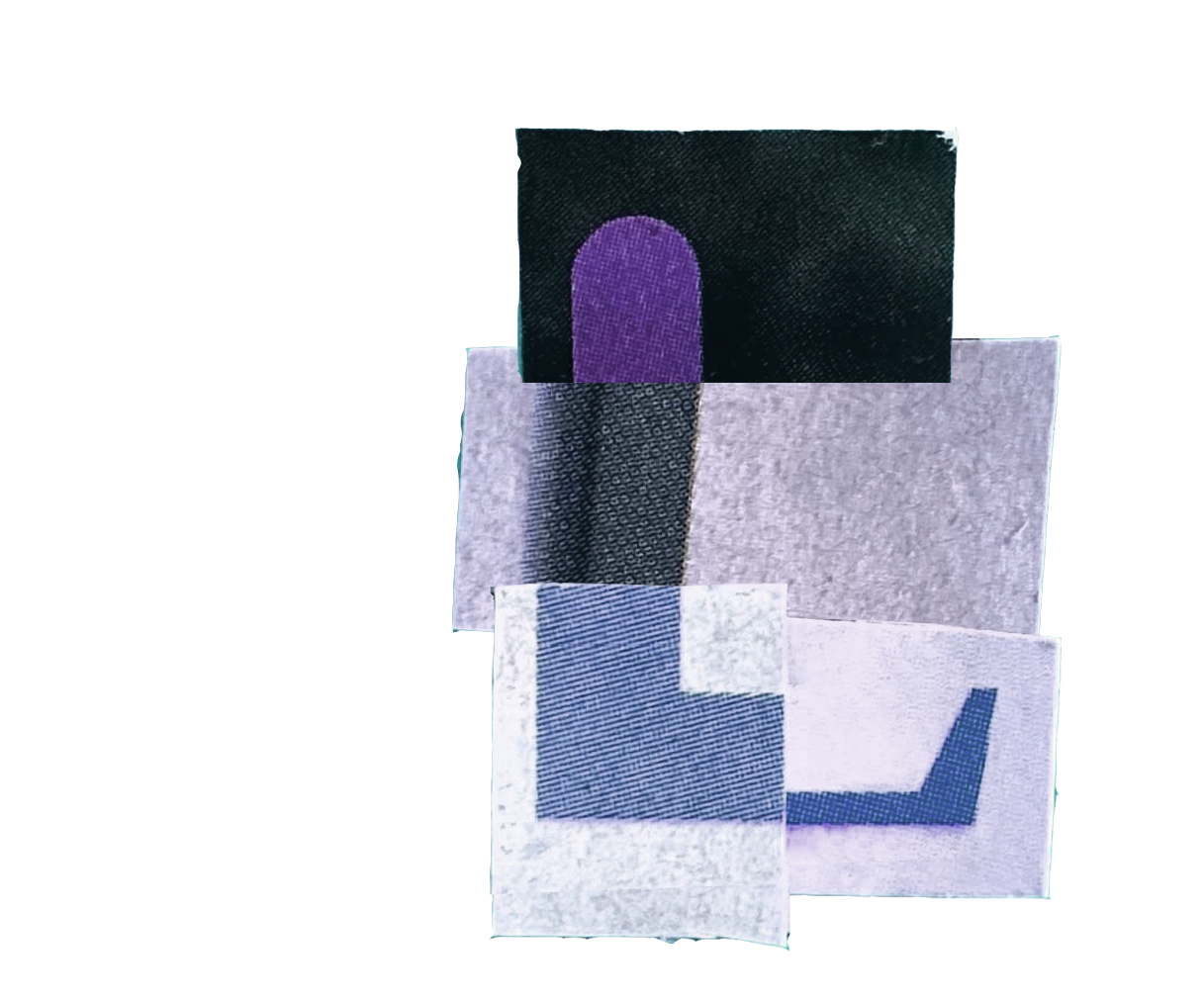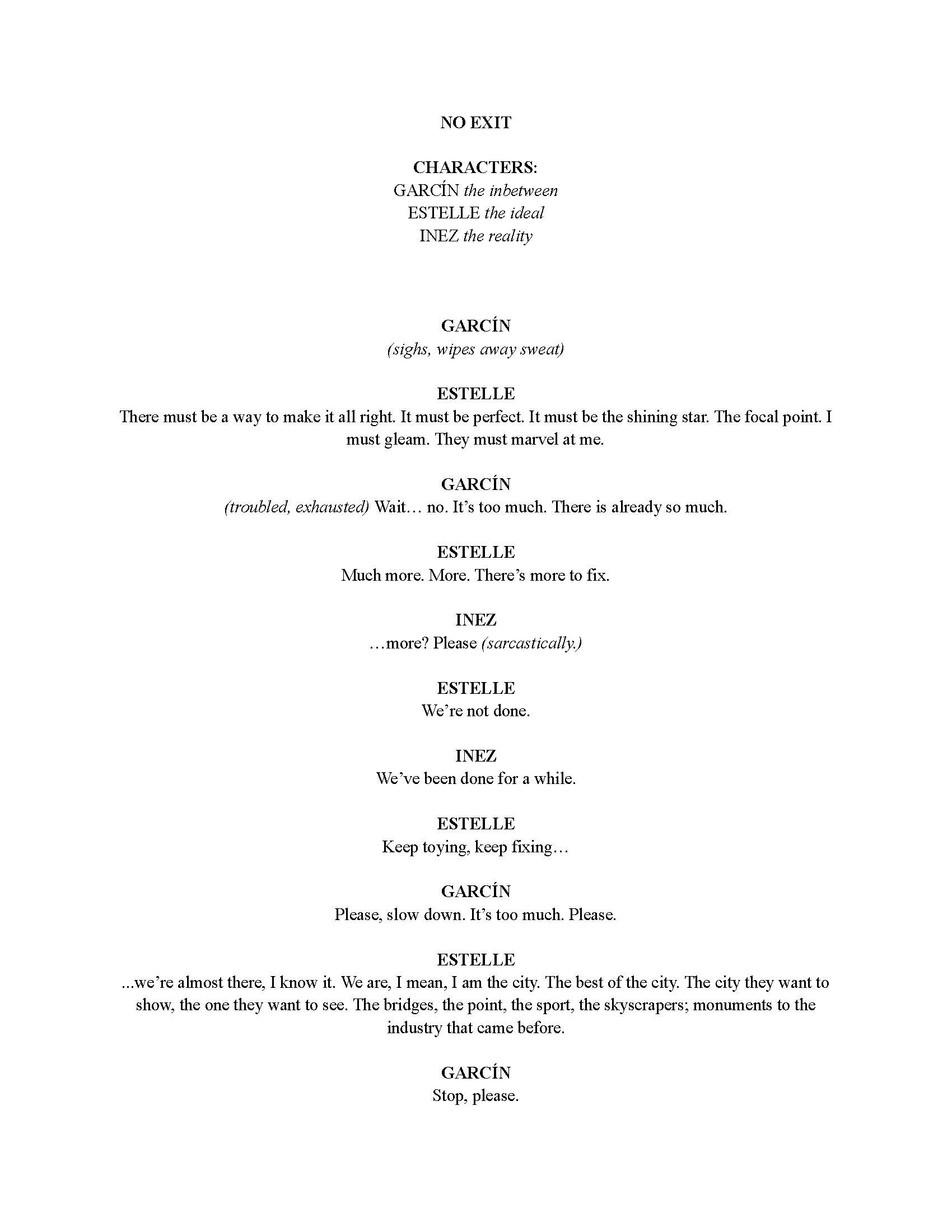
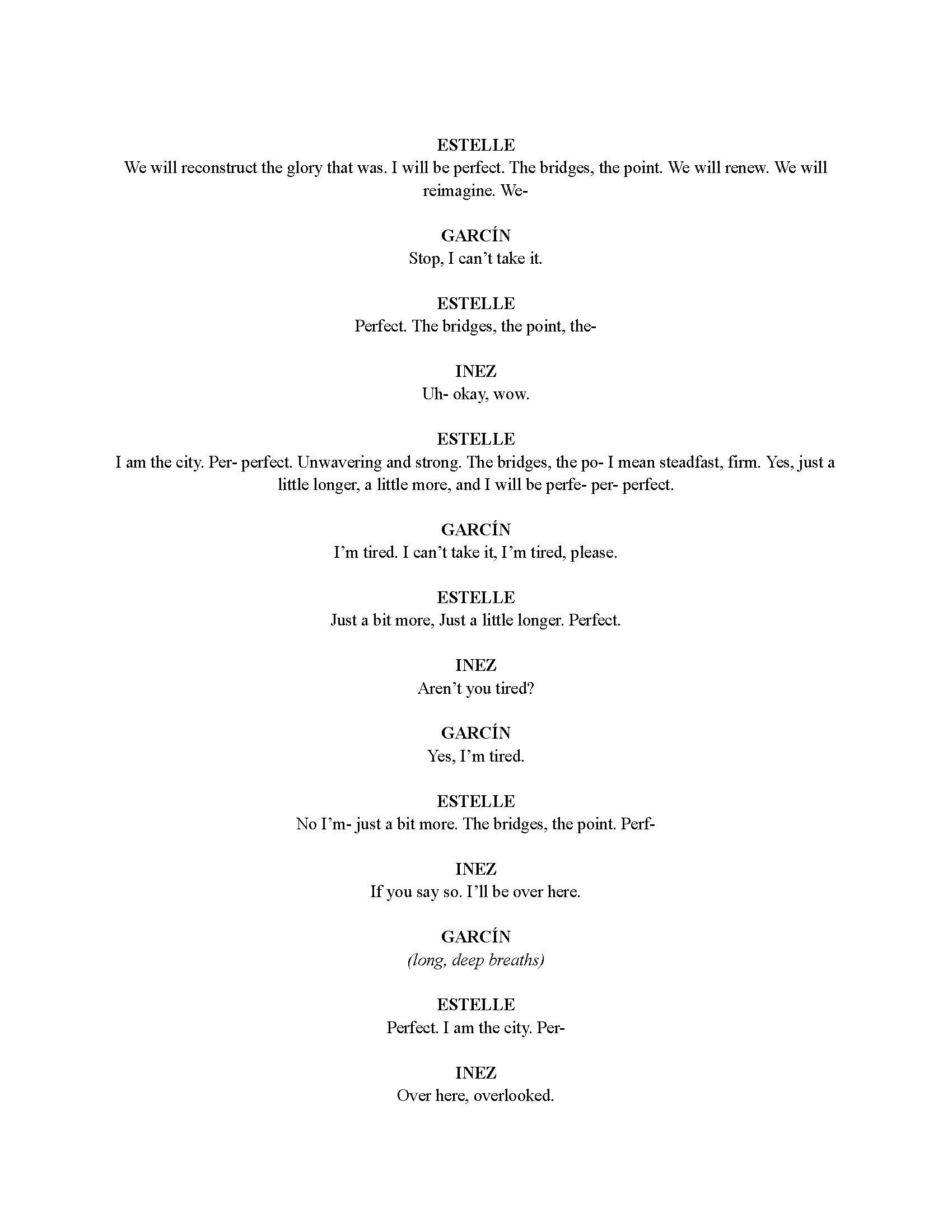
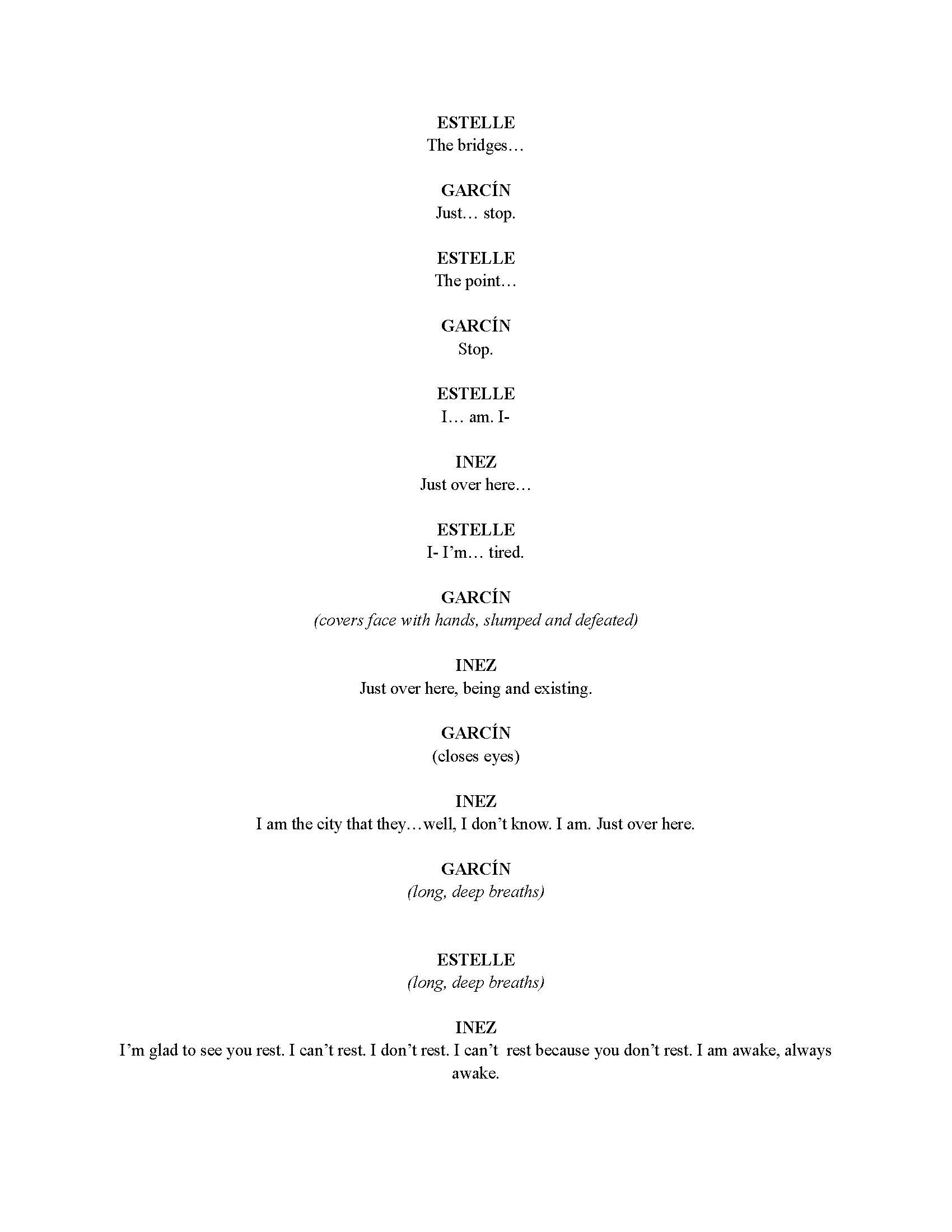
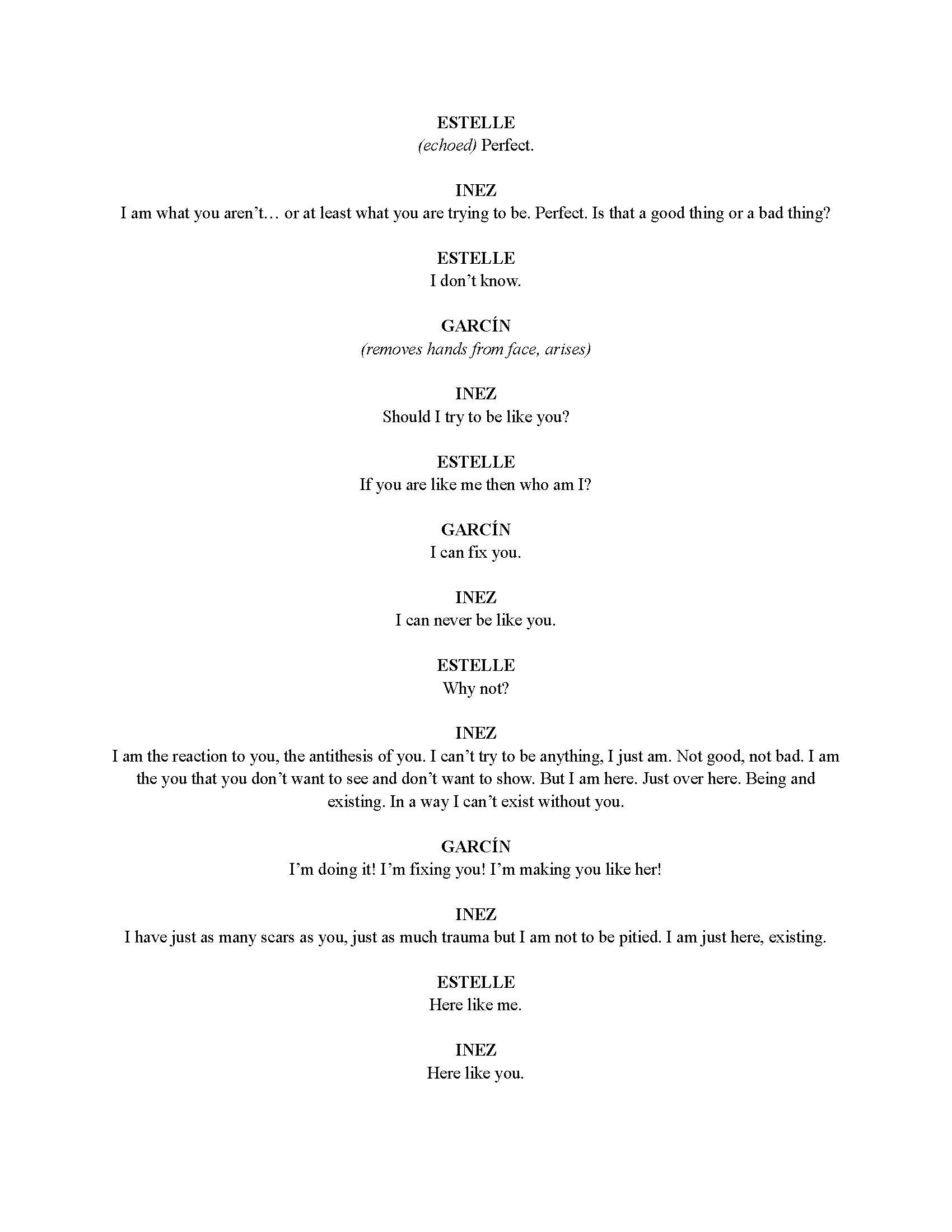
This film imagines the city as three distinct characters in conversation with each other, reconciling their existence together. Inspired by the 1944 Jean-Paul Sarte play of the same name, the title ‘No Exit’ implies that each character’s realities are inseparable and entangled; they cannot escape one another. The three characters
are embodied by a different film type and collaged in order to uncover the nature of the forced collaboration.
are embodied by a different film type and collaged in order to uncover the nature of the forced collaboration.
This film also interrogates the idea of the conceptual image or a focal point of a city. Over multiple generations, Pittsburgh’s Point and Downtown has been subjected to large scale infrastructural interventions; the city seems obsessed with the idea of perfecting The Point to be its ideal image to flaunt. Renaissance after renaissance, this distinct part of the city has been demolished and rebuilt repeatedly to achieve perfection. Advertisements meant to show off The Point are portrayed as images that capture the “spirit” of the city through aerial and approaching views that no person can experience normally. This film imagines these interventions as harm or repeated trauma.
The repeated attempts to construct, deconstruct, and reconstruct The Point and downtown Pittsburgh as a corporate haven and monument to capitalism is contrasted with what I, the filmmaker, experience daily. This film requires an understanding that the “real” or “reality” of Pittsburgh is specific to me; it is impossible to represent all residents of the city. Is reality as impossible as the ideal?
The animated character, representing the “scarred,” must absorb both impossibilities and the conflicting existence between what Pittsburgh is and what it wants to be. This character processes layers of complex history as traumas that continue to harm it. This character wants to rest. By speculating about Pittsburgh processing their history as humans process complex emotions, perhaps we can have a more nuanced and tender understanding of our interactions with the city.
“The Scarred”
I am caught between what is real and what is ideal. I react. I am scarred by the histories and the tinkering that cycles through. I am tired and I want to rest.
I am caught between what is real and what is ideal. I react. I am scarred by the histories and the tinkering that cycles through. I am tired and I want to rest.
Garcin
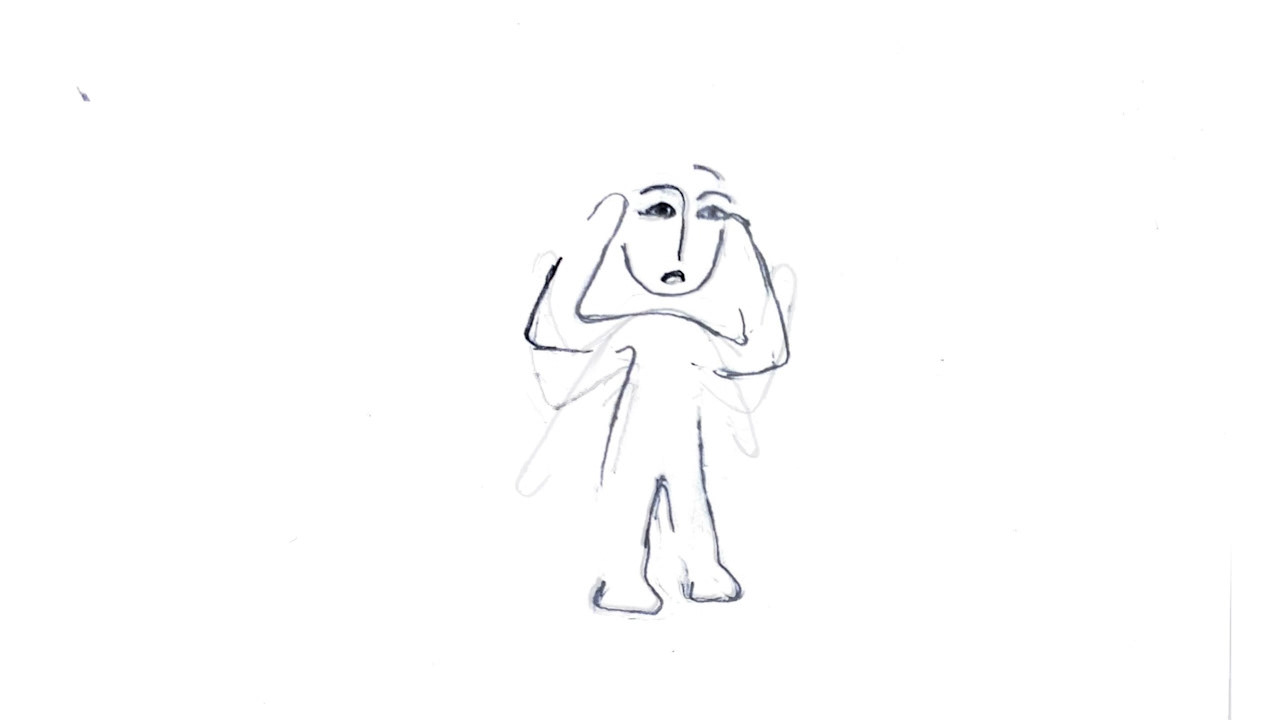
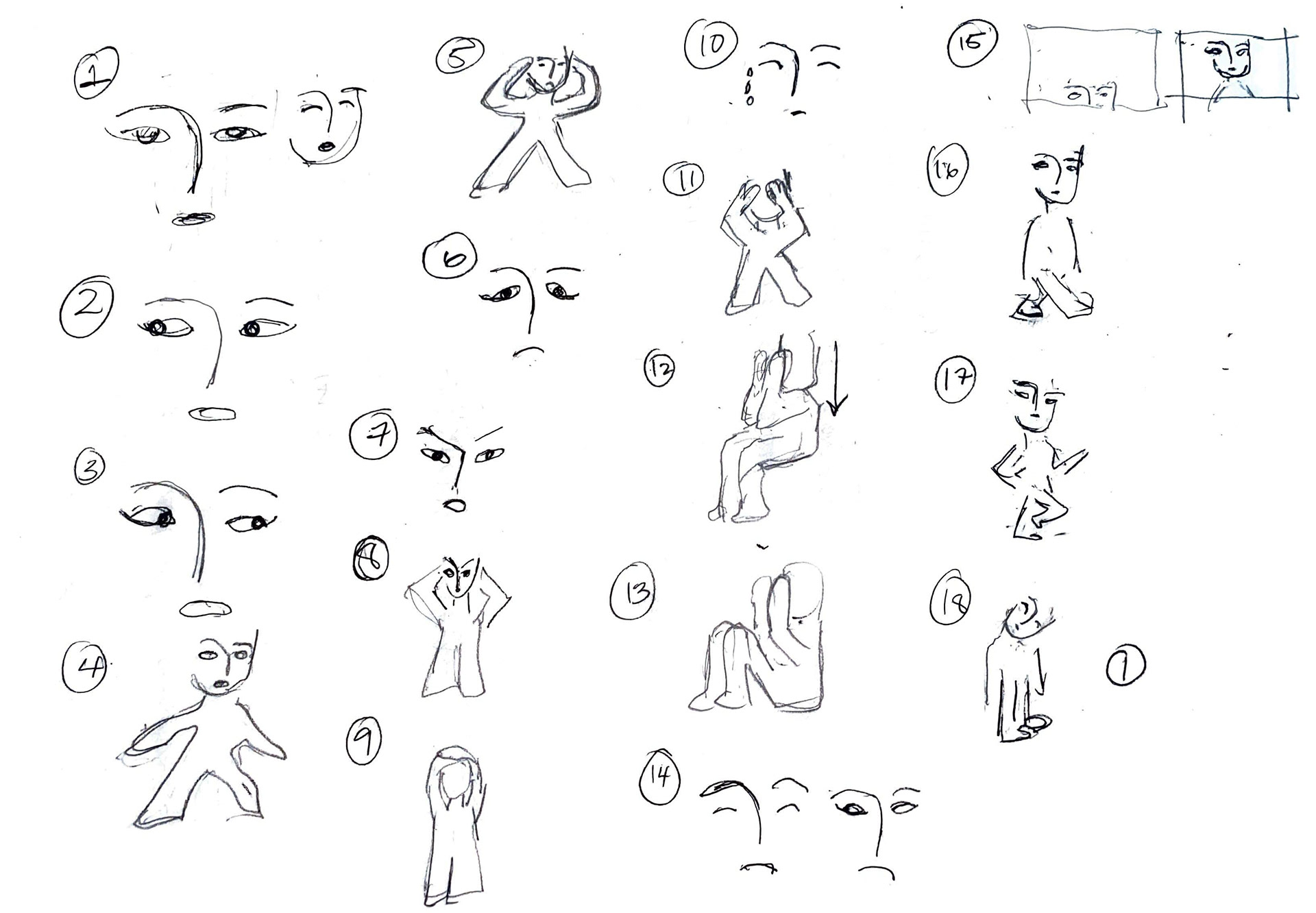
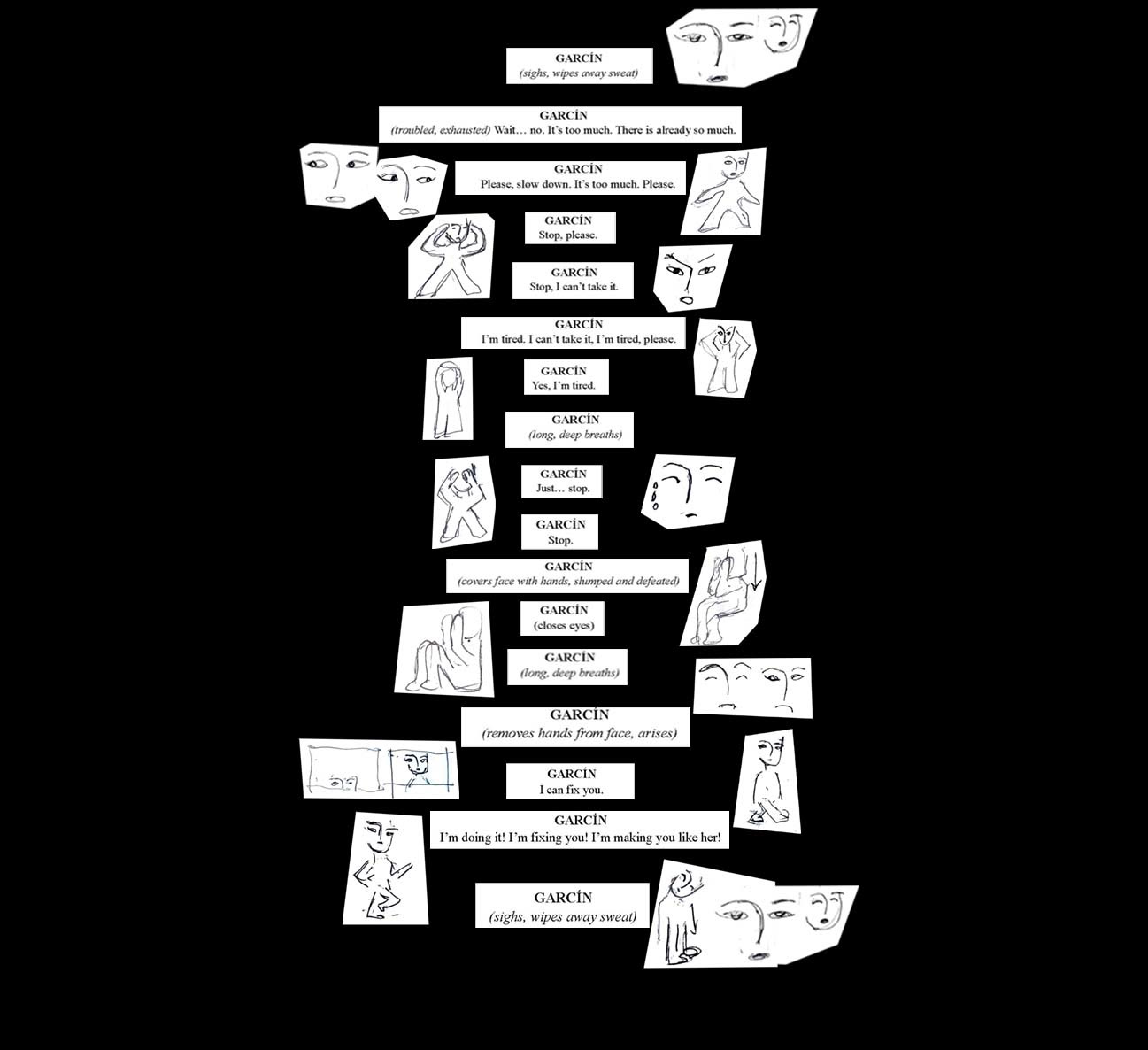
“The Real”
I am as I am perceived to be. One person’s idea of reality. Wherever you go I am. I am whatever you see. I am overlooked and, most times, under-appreciated. I am the Pittsburgh that no one wants to see but I am the only Pittsburgh that you can remember. No one is trying to “fix” me, I cannot be perfect.
I am as I am perceived to be. One person’s idea of reality. Wherever you go I am. I am whatever you see. I am overlooked and, most times, under-appreciated. I am the Pittsburgh that no one wants to see but I am the only Pittsburgh that you can remember. No one is trying to “fix” me, I cannot be perfect.
Inez
“The Ideal”
I am a conceptual image, an impossible being. Yet, I am so close, I am almost there. I am The Point, the fascination and fixation of the Pittsburgh skyline. Constantly correcting and meticulously tinkering with myself so that I can be perfect. I am on display for the world to see so I must be perfect.
I am a conceptual image, an impossible being. Yet, I am so close, I am almost there. I am The Point, the fascination and fixation of the Pittsburgh skyline. Constantly correcting and meticulously tinkering with myself so that I can be perfect. I am on display for the world to see so I must be perfect.
Estelle
